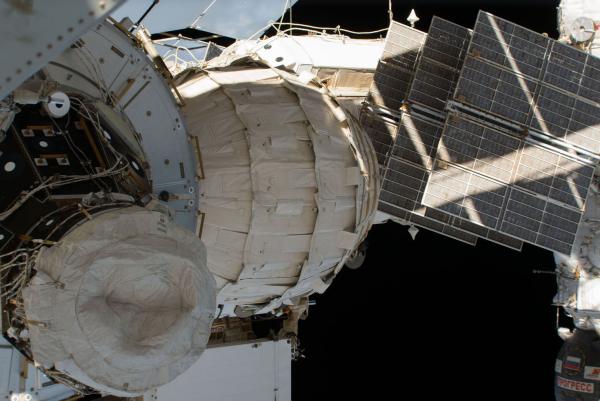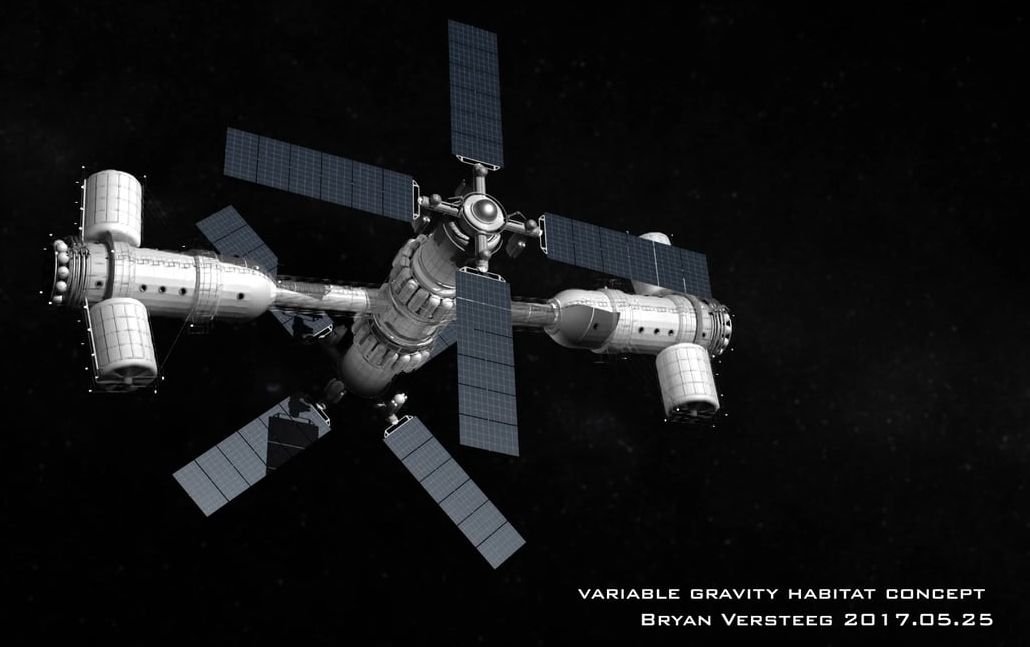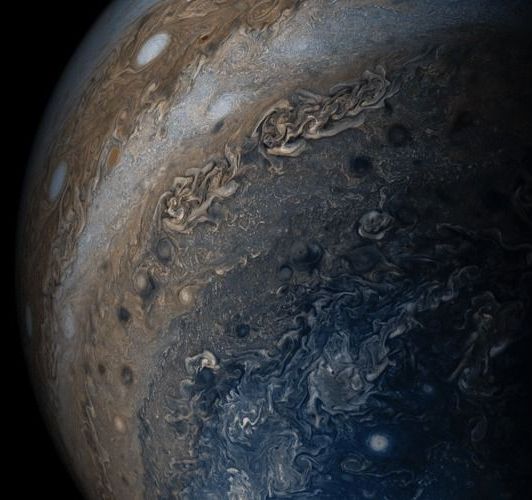The mission is named after Eugene Parker, whose work has revolutionized scientists’ understanding of the sun.






CHICAGO — NASA is revealing new details Wednesday about its first-ever mission to fly into the sun’s atmosphere.
The Solar Probe Plus will be the first spacecraft to fly directly into the sun’s atmosphere.
NASA says it will zoom within 4 miles of the sun’s surface and will hopefully answer decades old questions about the physics of how stars work.

While the middle part of the 20th century saw the world’s superpowers racing to explore space, the first global competition of this century is being set in a much smaller arena: our DNA.

May 26 (UPI) — Officials with Russia’s space agency, Roscosmos, say their scientists have identified plankton and other microorganisms among dust samples collected from the outside of the International Space Station.
“The micrometeorites and comet dust that settle on the ISS surface may contain biogenic substance of extra-terrestrial origin in its natural form,” Roscosmos officials said in a news release. “The ISS surface is possibly a unique and easily available collector and keeper of comet substance and, possibly, of biomaterial of extra-terrestrial origin.”
NASA officials said they couldn’t confirm the story.

A bit of every speculative propulsion system.
When Greg Matloff’s “Solar Sail Starships: Clipper Ships of the Galaxy” appeared in JBIS in 1981, the science fictional treatments of interstellar sails I had been reading suddenly took on scientific plausibility. Later, I would read Robert Forward’s work, and realize that an interstellar community was growing in space agencies, universities and the pages of journals. Since those days, Matloff’s contributions to the field have kept coming at a prodigious rate, with valuable papers and books exploring not only how we might reach the stars but what we can do in our own Solar System to ensure a bright future for humanity. In today’s essay, Greg looks at interstellar propulsion candidates and ponders the context provided by Breakthrough Starshot, which envisions small sailcraft moving at 20 percent of the speed of light, bound for Proxima Centauri. What can we learn from the effort, and what alternatives should we consider as we ponder the conundrum of interstellar propulsion?
by Dr. Greg Matloff

